The Gift of South Dakota
Subscriptions to South Dakota Magazine make great gifts!
Subscribe today — 1 year (6 issues) is just $29!
Shooting the Great Wide Open
Dec 10, 2012
Recently on National Geographic’s website photo section I ran across a tip that got me thinking. It went something like this: when shooting a landscape, try to think of a word or phrase that describes the scene in front of you and then concentrate on shooting a photo that obviously states that description. Seems easy enough...maybe. Then I thought to myself, how would I describe South Dakota scenery? The chorus of a Tom Petty song immediately began playing in my head. “Into the great wide open, under them skies of blue.” Seems like a pretty accurate description of our countryside to me. So, how does one shoot a photograph that says “wide open spaces”?
I hadn’t really thought of shooting landscapes like that before. My technique was to simply find a scene that looked vast and start shooting. So I started looking through some of my photos over the last couple years to see what I had that showed the big and open feel of our state. I ended up finding a few to share. In doing so, I think I stumbled upon three ways to help convey the feeling of the great wide open.
 |
| A prairie morning in Corson County. |
The first thing to think about is scale. I like to find things that are relatively large (when compared to me) and place them in my photos to show how vast the area is around them. The Sage Creek Wilderness Area in the Badlands provides good opportunities to practice this technique with its buffalo herd often spread out amongst the rolling hills and creeks. Another trick is making use of a telephoto lens to pull in a distant background behind a subject that is much closer to you. Recently I photographed a white tail buck on the ridge above Lake Vermillion Recreation Area. By chance, my long lens showed cows grazing on the distant hill on the other size of the lake. This gave the photo a sense of bigness and scale that I really like.
The second thing to be aware of is spacing. It is natural to place your subject directly in the center of your photograph. I would recommend playing around with placing your object of interest in a corner and see how that changes the feel of your composition. If your subject is running or faced in a direction perpendicular to your camera, try giving them leading space to emphasize where they are going or what they may be looking at.
The third and most important thing to be aware of is the sky. This actually is very similar to the spacing point above, only emphasizing using the sky to gain that spacing. Whether it is a deep blue sky, a colorful sunset or a heavy sky laden with thunderheads, each skyscape can be used with great effect to emphasize the size of our landscapes. One word of warning, however, is a typical sunny or partly cloudy sky will be at least a couple stops brighter than the ground. So unless the sun is at your back when shooting you may be dealing with silhouettes of the objects you are shooting on the ground. There are a couple of ways to deal with this: a graduated neutral density filter or bracketing your exposures of the scene and using photo software to combine the shots later.
Now that I’ve written this, I’ve decided that this weekend I’m grabbing my iPod, cueing up some Tom Petty and heading out into the great wide open of South Dakota to practice what I preached above. We’ll see what more I can stumble upon in the journey “out under them skies of blue, into the great wide open, a rebel without a clue.”
Christian Begeman grew up in Isabel and now lives in Sioux Falls. When he's not working at Midcontinent Communications he is often on the road photographing our prettiest spots around the state. Follow Begeman on his blog.


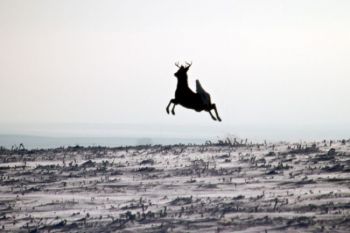
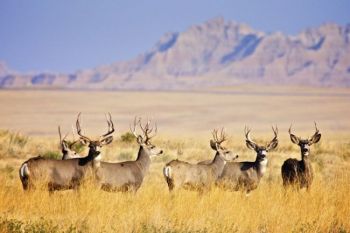
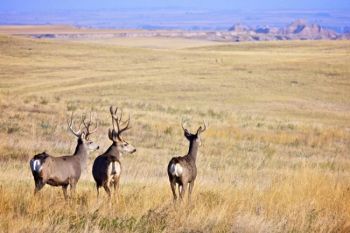
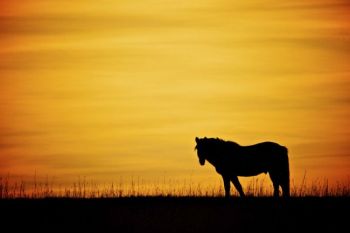
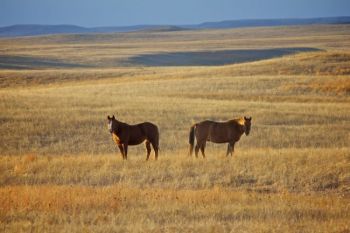
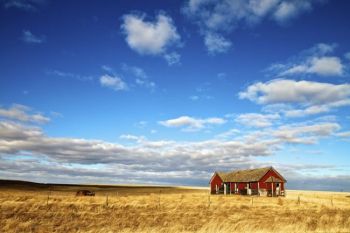
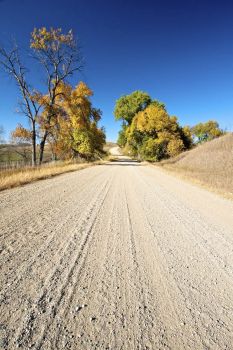
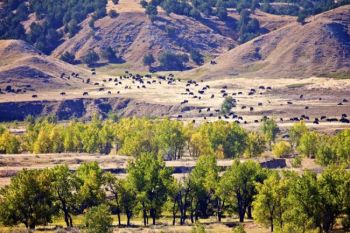
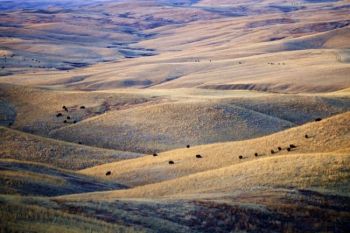
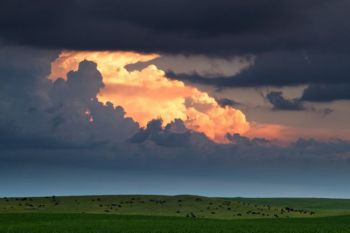
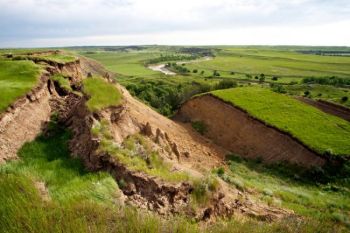
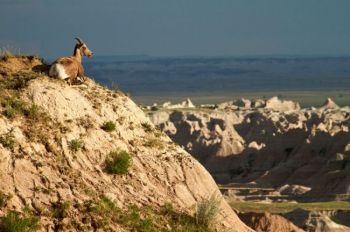
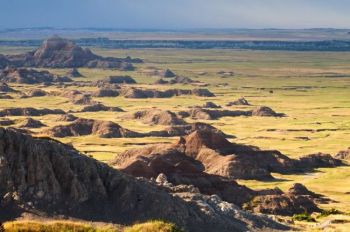
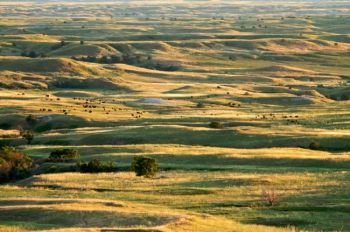
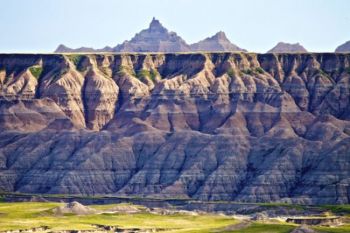
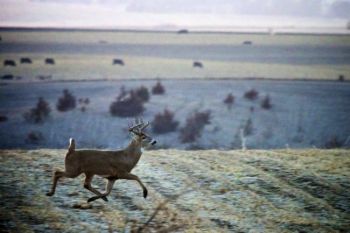
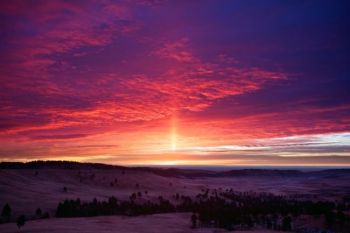
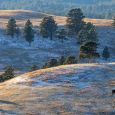
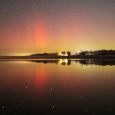
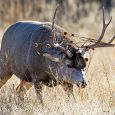
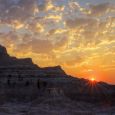
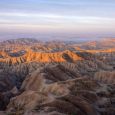
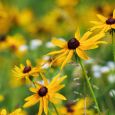


Comments
I'm heading to the LA area this Christmas to visit my brother and family. I'm hoping the weather cooperates enough for us to do a whale watch tour. That is something this land lubber would enjoy!